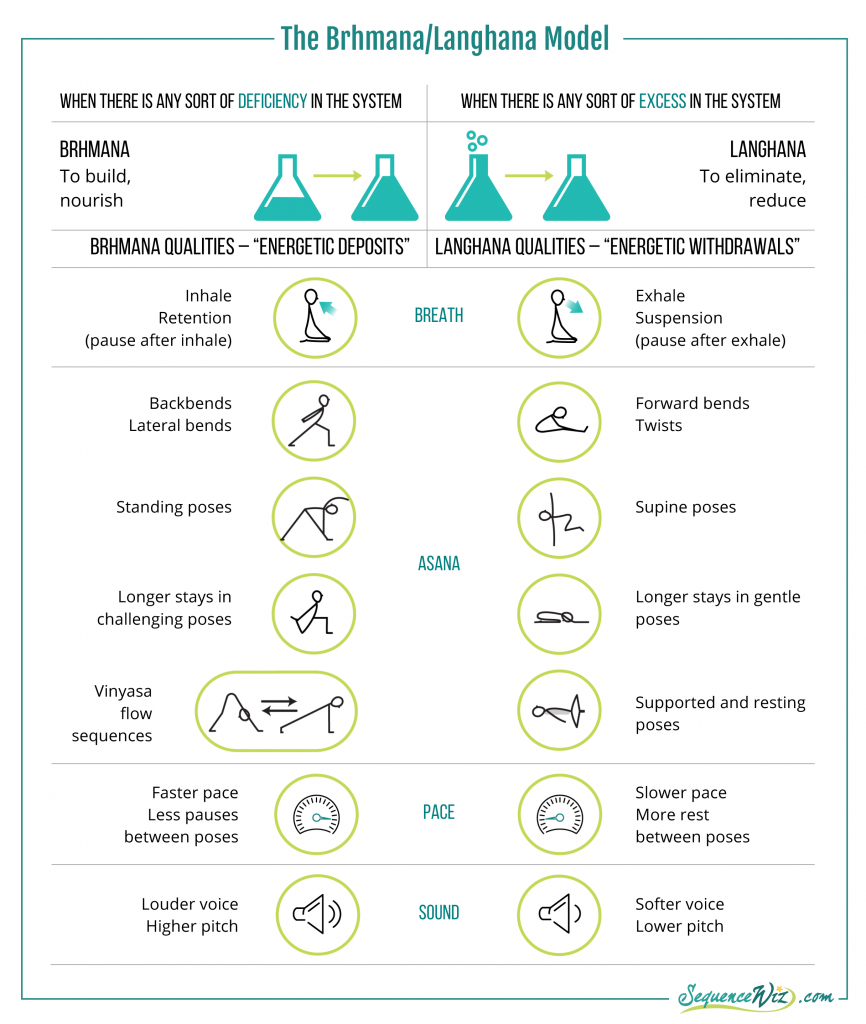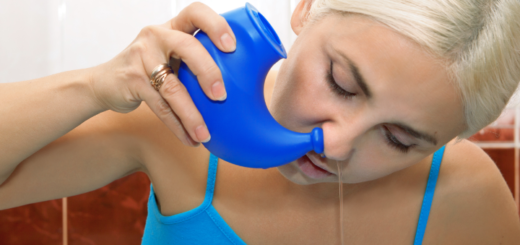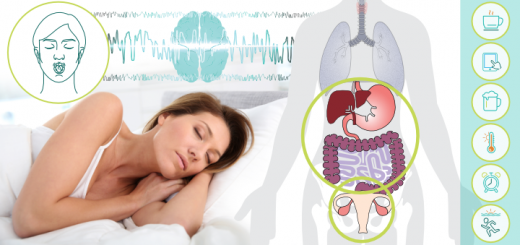How to manage your “body budget”: The Brhmana-Langhana model
5The other day I was cooking dinner as my son was watching a kid’s movie about Sid the science kid. I wasn’t paying attention to the actual storyline, but I was struck by the overall affect of the presentation – it was rather elevated. The characters always spoke in heightened excited tones, the action was developing quickly and everybody just seemed wired up. It is not surprising that after watching the program my son proceeded to bounce off the walls. His affect had shifted upwards energetically.
![]() Everything you subject yourself to in your daily life has some effect on your affect ☺ Any activity or situation can be either stimulating or sedating, and more or less pleasant. As we discussed last week, “your affective feelings of pleasure and displeasure, and calmness and agitation, are simple summaries of your budgetary state,” which means that the way you feel at any given moment is not really a reflection of your external reality, but a reflection of your internal physiological balance. As you become more conscious of the current state of your “body budget”, you can make conscious choices about activities and situations that move it closer to the state of balance.
Everything you subject yourself to in your daily life has some effect on your affect ☺ Any activity or situation can be either stimulating or sedating, and more or less pleasant. As we discussed last week, “your affective feelings of pleasure and displeasure, and calmness and agitation, are simple summaries of your budgetary state,” which means that the way you feel at any given moment is not really a reflection of your external reality, but a reflection of your internal physiological balance. As you become more conscious of the current state of your “body budget”, you can make conscious choices about activities and situations that move it closer to the state of balance.
The two obvious strategies for managing body budget include:
1. Getting enough sleep
2. Having strategies in place that help you manage stress
Your yoga practice can also become an effective strategy for managing your body budget. It can help you move toward more pleasant state and closer to the balance point between the hyper-aroused and hypo-aroused states. Clearly you will need different types of practices for stimulating your energy and unwinding. Luckily, the yoga tradition has developed a comprehensive model for managing your body budget and facilitating both deposits and withdrawals from the system (as necessary). It is called The Brhmana-Langhana Model.
Brhmana practices are appropriate for the hypo-aroused states, when your system is weak and depleted. Brhmana means “to build, nourish” and it is supposed to build your energy. Brhmana practices are “energetic deposits”.
Langhana practices are meant for the hyper-aroused states, when there is too much agitation in the system. Langhana means “to eliminate, reduce”; it helps rid your system of any kind of excess. Langhana is not simply about calming down, it’s about purging, as well. Langhana practices are “energetic withdrawals”.
Neither brhmana nor langhana practices are substitutes for good sleep and regular stress-management activities, but they complement them. Since the brhmana-langhana model is about energy management, breath is the most important part of the equation; all other elements enhance the effect. Oftentimes it is not just about which practices you choose, but also how you do them. Here is a quick outline of specific practices that can help you achieve brhmana and langhana effect.
Brhmana-langhana model is very useful for managing our day-to-day energy, but it becomes even more important in a therapeutic context, when we help students deal with complex health issues. Next time we will discuss how we can use brhmana/langhana model specifically for pain management >
Sequence Wiz members can get the updated handout Yogic Energy Management: The Brhmana/Langhana Model by logging into their account. It is located under Forms and Handouts).
Learn more about Sequence Wiz membership >






















Very interesting and inspiring article! My doubt is: when a student is feeling depleted of energy, exhausted, wouldn’t a restorative practice be beneficial as a transition to a more active practice? Could we apply the same thought regarding students in a very agitated state? Don’t they need a transition such as a vinyasa flow sequence that eventually end up with restorative poses?
Excellent question Ellen! I think it will be answered in my next post. If not, let’s revisit 🙂
Yes, Olga, the next post answers my question and complement and clarifies this one. Thank you!
I second Ellen’s concerns. Some of these recommendations feel counter-intuitive. Like, an energy-depleted student spending time in challenging poses seems like a recipe for more depletion…?
Really wonderful post, Olga. Thank you. I am a trainee Hatha teacher on a 500 hour British Wheel of Yoga course and we’re currently studying Prana – so this is fab. Synchronous timing 🙂
It will help me explain this vast subject to my students and help with my essay.
Namaste
Sarah